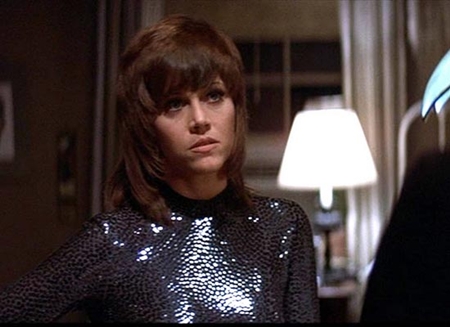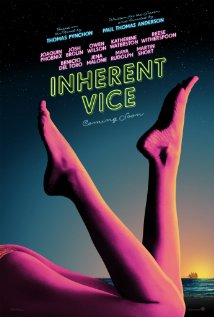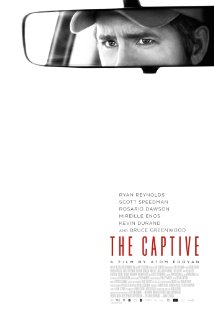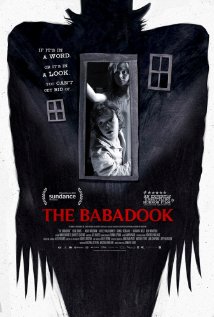The next time I visit Paris, I might not wander on the Left Bank. I might skip the visits to the Musée Rodin and the Petit Palais, and say no to making a little journey to Giverny. I could easily be talked into holing up at the Plaza Athénée (I am overdue for a visit), ordering room service and binge-watching superb French neo-noir and police-procedural gems. I found out at this year’s tremendous COLCOA film festival that French filmmakers can now claim the title of the hottest, most cutting-edge noiristas in the world.
How so? Well, “L’Affaire SK1,” a riveting depiction of an eight-year hunt for a serial killer nicknamed the Beast of the Bastille (based on real events), snared the fest’s First Feature Award. “SK1” was directed by Frédéric Tellier (who co-wrote the film with David Oelhoffen), and features Nathalie Baye as a public defender. “SPIRAL” Season 5 (think “The Wire”) received the TV Series Award.
Joining “SK1” in the Film Noir Series, now in its 10th year, was Oscar-winning actor Jean Dujardin’s new film (from director Cédric Jimenez) “The Connection,” which picks up where William Friedkin’s landmark thriller “The French Connection” left off. The final film in the noir series was “Next Time, I’ll Aim For the Heart,” a tense and haunting story, based on the real-life Oise Killer, a cold-blooded psycho on the loose in 1978 Paris, flawlessly portrayed by Guillaume Canet. The film was written and directed by Cédric Anger.
Anger was one of several writers on yet another gritty and twisted tale taken from real life, “In the Name of My Daughter,” which stars the one and only Catherine Deneuve, and was directed by the great André Téchiné. “Daughter” was somewhat disappointing, however, seeming to lose its way about midway through.
Perhaps my favorite part of the fest (other than hearing French accents and enjoying lovely receptions) were the revival screenings of “La Chienne” (1931, Jean Renoir) and “Two Men in Town” (1973, José Giovanni). Seriously, does it get much better than watching Alain Delon as a divinely handsome ex-con struggling to go straight and Jean Gabin as a world-weary but somehow regal cop, not to mention a brief appearance by Gérard Depardieu? No. It does not, especially when you know there is a chilly St-Germain cocktail waiting for you after the show.
The COLCOA festival opened with the North American premiere of “A Perfect Man,” a thoroughly enjoyable Hitchcockian thriller co-written and directed by Yann Gozlant. I heard some post-screening crabbing about the flick’s plausibility but I think the naysayers missed the point.
American neo-noir storytellers would do well to study these sleek, sharp, psychologically complex cinematic offerings.
Now, to make that reservation at Plaza Athénée …


































From FNB readers